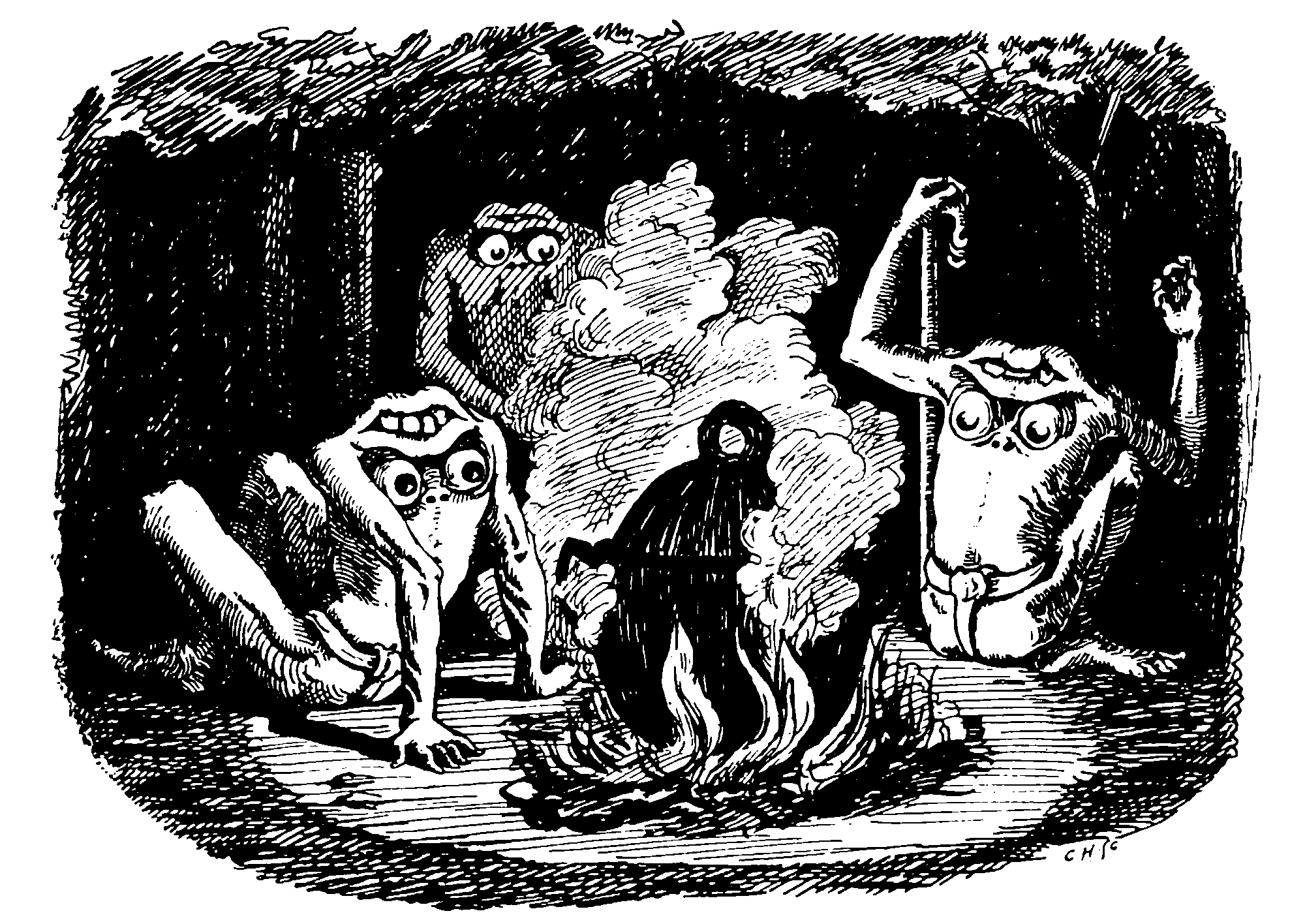Random neural networks
2017-02-17 — 2021-10-11
Wherein untrained neural networks are treated as functional artifacts, and random recurrent reservoirs are presented as feature factories whose steady states are used to fit downstream classifiers without training.
If you do not bother to train your neural net, what happens? In the infinite-width limit you get a Gaussian process. There are a number of net architectures that do not make use of that argument and are still random.
1 Recurrent: Echo State Machines / Random reservoir networks
This sounds deliciously lazy; At a glance, it sounds like the process is to construct a random recurrent network, i.e. a network of random saturating IIR filters. Let the network converge to a steady state for a given stimulus. These are the features to which you fit your classifier/regressor/etc.
Easy to implement, that. I wonder when it actually works, constraints on topology etc.
Some of the literature claims these are based on spiking (i.e. event-driven) models, but AFAICT this is not necessary, although it might be convenient for convergence.
Various claims are made about how hard they avoid the training difficulty of similarly basic RNNs by being essentially untrained; you use them as a feature factory for another supervised output algorithm.
Suggestive parallel with random projections. Not strictly recurrent, but same general idea: He, Wang, and Hopcroft (2016).
Lukoševičius and Jaeger (2009) mapped out various types as at 2009:
From a dynamical systems perspective, there are two main classes of RNNs. Models from the first class are characterised by an energy-minimising stochastic dynamics and symmetric connections. The best known instantiations are Hopfield networks, Boltzmann machines, and the recently emerging Deep Belief Networks. These networks are mostly trained in some unsupervised learning scheme. Typical targeted network functionalities in this field are associative memories, data compression, the unsupervised modelling of data distributions, and static pattern classification, where the model is run for multiple time steps per single input instance to reach some type of convergence or equilibrium (but see e.g., Taylor, Hinton, and Roweis (2006) for extension to temporal data). The mathematical background is rooted in statistical physics. In contrast, the second big class of RNN models typically features a deterministic update dynamics and directed connections. Systems from this class implement nonlinear filters, which transform an input time series into an output time series. The mathematical background is nonlinear dynamical systems. The standard training mode is supervised.
2 Non-random reservoir computing
See Reservoir computing.
3 Random convolutions
🏗
